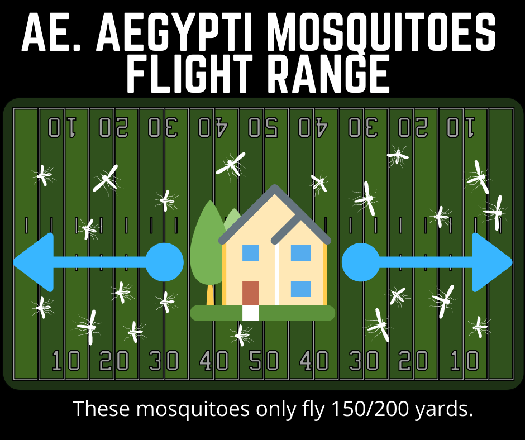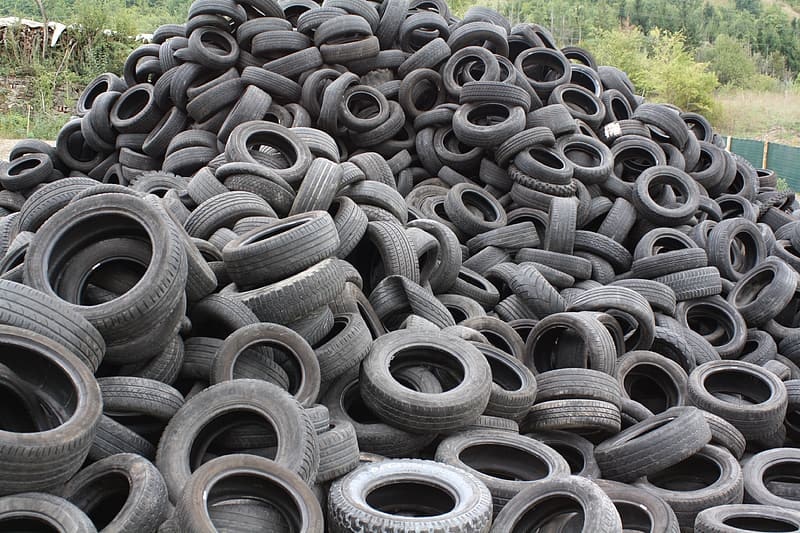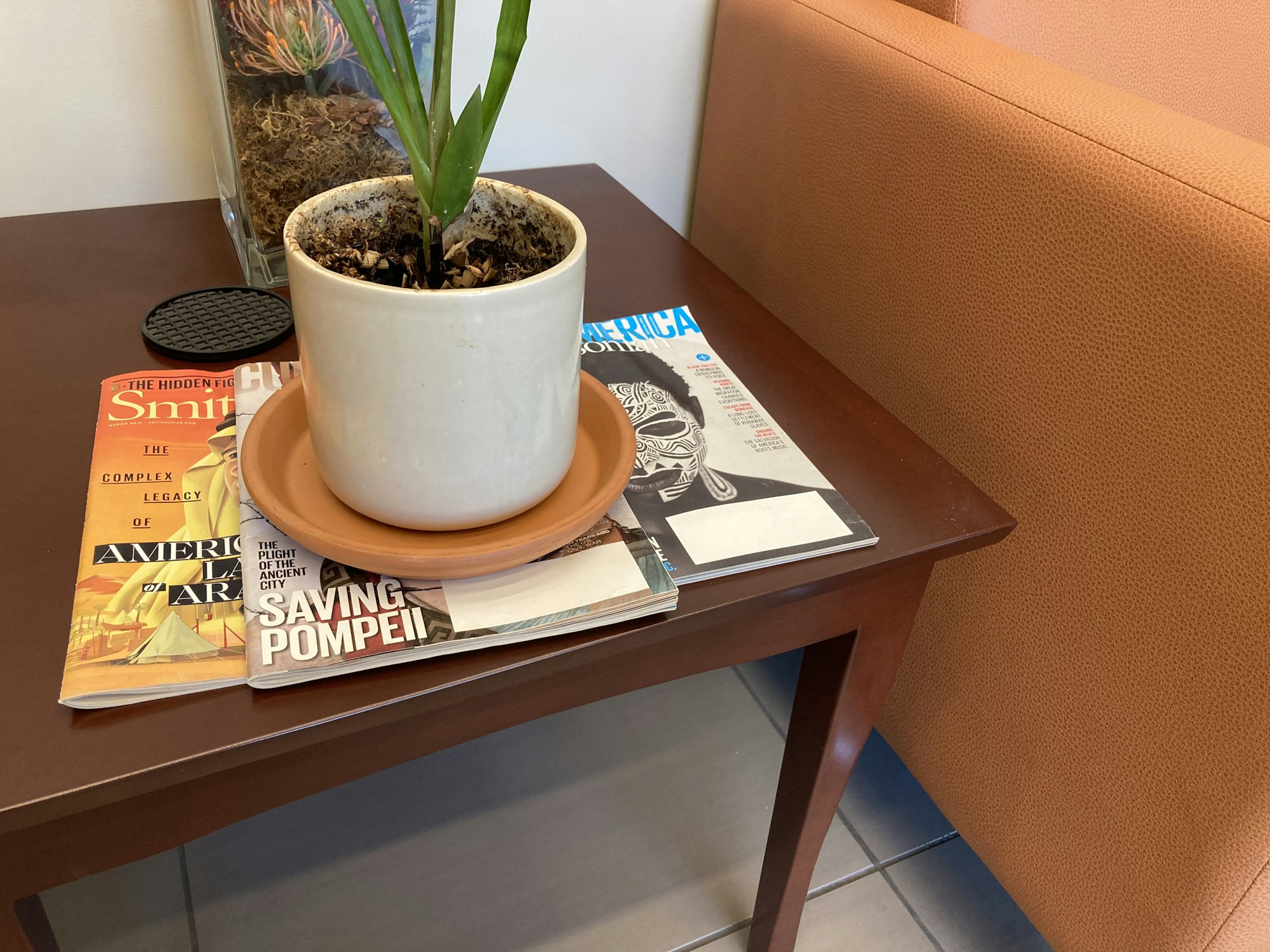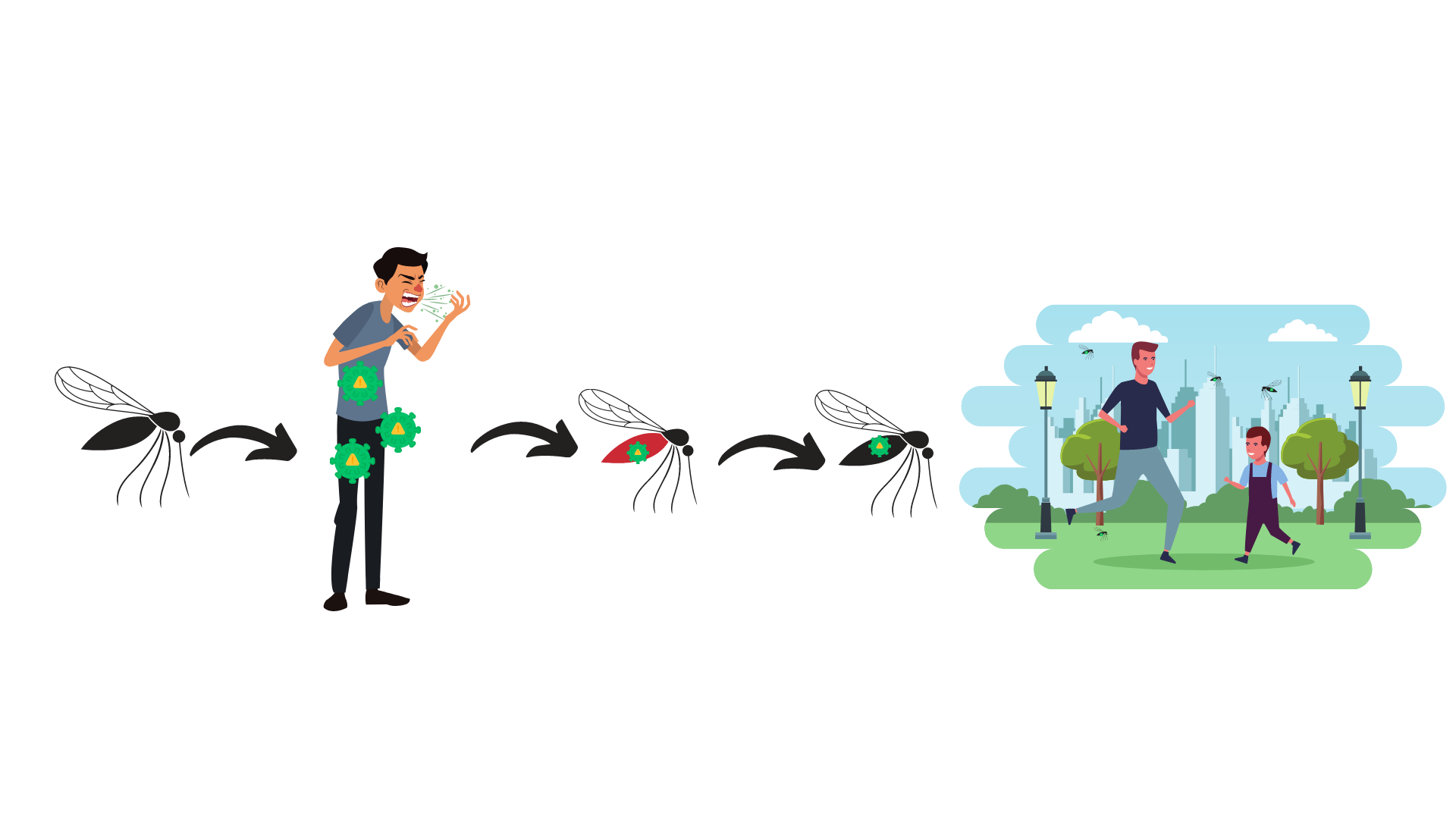Invasive Aedes aegypti

Riverside county has a new neighbor!! This new neighbor, the Aedes aegypti, goes by many names including the yellow-fever mosquito or the “ankle biting” mosquito and is found throughout the world. This is a new invasive species that is becoming established within our local communities. This pest is quite different than the mosquitoes we are accustomed to, some characteristics include:
Aggressive biting behavior
Many species of mosquitoes primarily seek out hosts in the dusk and evening hours. This invasive mosquito aggressively searches for human hosts in the daytime in addition to traditional twighlight hours of the evening. They are also considered “sippers”. When feeding they take many small meals from a host, leaving several clustered bites making it seem like there are multiple mosquitoes.

Short flight range
The Ae. aegypti has been described as a community-based threat. This mosquito has the tendency to seek out food and water sources near its larval habitat. On average, these adult mosquitoes will fly up to 150-200 yards, a shorter distance than many other mosquitoes. With such a short flight range, the Ae. aegypti continues to be a neighborhood pest that requires the cooperation of local communities and neighbors.
Container and small volume breeding
Potential breeding sources for these mosquitoes include discarded cans/bottles, flowerpots, buckets, garden tools, old tires, rain drums/barrels, tree holes, discarded toys, and pet dishes. These include containers that are even kept indoors. Ae. aegypti mosquitoes can complete their lifecycle in these containers in as little as one week.
The everlasting eggs
Eggs laid by this mosquito are just as problematic as the adults. Eggs are laid on the insides of containers that may or may not be filled with water. When the container fills, the eggs hatch and the mosquito can begin its life cycle. Eggs don’t have a tendency to hatch all at once. They are also very resistant to extreme temperatures and can survive in a container all year long. Dumping the water is encouraged but not always enough. Scrubbing and cleaning containers is recommended in order to remove these hard to eliminate eggs.








Community and Public Health Importance
Invasive Ae. aegypti mosquitoes are a major annoyance and a potential public health issue. These mosquitos can spread tropical diseases including yellow fever, chikungunya, Zika and dengue and unlike West Nile Virus, these diseases can use humans to continue the transmission cycle. (See Mosquitoes page). At this time there have been no instances of these tropical diseases local transmission within the NWMVCD boundaries or anywhere in California.

What should you know?
How to prevent mosquito bites:
-Wear CDC-approved insect repellents that contain DEET, IR3535, picaridin, and oil of lemon eucalyptus. Be sure to follow instructions carefully.
-Wear long-sleeve shirts and pants.
-Make sure doors and windows are screened and that the screens are in good working order.
Some strategies to prevent mosquito breeding:
-Dump and drain standing water sources.
-Keeping fountains and pools in good working order.
-Contact us by phone or fill out a service request today.
